Belove You can read the descriptions of some common Art Styles.
Abstract
Abstract artists felt that paintings did not have to show only things that were recognizable. In their paintings they did not try to show people, animals, or places exactly as they appeared in the real world. They mainly used color and shape in their paintings to show emotions. Some Abstract art is also called Non-objective art. In non-objective art, you do not see specific objects. It is not painted to look like something specific.
Examples:
Jackson Pollock
James McNeill Whistler, Nocturne in Black and Gold: The Falling Rocket (left)
Kazimir Malevich, Black Square, (right)
Kazimir Malevich, Black Square, (right)
Cubism
Cubism was a 20th century avant-garde art movement, pioneered by Pablo Picasso and Georges Braque, that revolutionized European painting and sculpture, and inspired related movements in music, literature and architecture.. Cubism is modern art made up mostly of paintings. The paintings are not supposed to look real The artist uses geometric shapes to show what he is trying to paint. Early cubists used mainly grays, browns, greens, and yellows. After 1914, Cubists started to use brighter colors. Cubism was the beginning of the Abstract and Non-objective art styles.
Examples:
Pablo Picasso: Les Demoiselles d'Avignon (left), Le guitariste (right)
Cubism Sculpture
Expressionism
Expressionism was a modernist movement, initially in poetry and painting, originating in Germany at the beginning of the 20th century. Its typical trait is to present the world solely from a subjective perspective, distorting it radically for emotional effect in order to evoke moods or ideas. Expressionist artists sought to express meaning or emotional experience rather than physical reality.
In Expressionist Art, the artist tries to express certain feelings about some thing. The artists that painted in this style were more concerned with having their paintings express a feeling than in making the painting look exactly like what they were painting.
Examples:
Marc Chagall (left), Ernst Ludwig Kirchner (right)
Abstract expressionism
Willem de Kooning (left), Hans Hofmann (right)
Impressionism
Impressionism was a 19th-century art movement that originated with a group of Paris-based artists whose independent exhibitions brought them to prominence during the 1870s and 1880s. The name of the style is derived from the title of a Claude Monet work, Impression, soleil levant (Impression, Sunrise), which provoked the critic Louis Leroy to coin the term in a satiric review published in the Parisian newspaper Le Charivari.
Impressionism was developed in France during the late 19th and early 20th centuries. These pieces of art were painted as if someone just took a quick look at the subject of the painting. The paintings were usually in bold colors and did not have a lot of detail. The paintings in this style were usually outdoor scenes like landscapes. The pictures were painted to look like they were shimmering.
Claude Monet, Alfred Sisley
Pointillism
In Pointillism, the artist uses small dots or strokes of paint to make up the pictures. From far away, these dots blend together to form the picture and give the impression of different colors as they blend together.
Pop Art
Pop art is an art movement that emerged in the mid 1950s in Britain and in the late 1950s in the United States. Pop art challenged tradition by asserting that an artist's use of the mass-produced visual commodities of popular culture is contiguous with the perspective of fine art. Pop removes the material from its context and isolates the object, or combines it with other objects, for contemplation. The concept of pop art refers not as much to the art itself as to the attitudes that led to it.
Pop art can be any every day item that is drawn in a brash and colorful way. Pop Art is short for Popular Art. It is inspired by comic strips, advertising, and popular entertainment.
Andy Warhol
Eduardo Paolozzi, Soft Bathtub
Primitivism
Primitive Art looks like art that is done by a child. Usually the picture is painted very simply, and the subjects are "flat", or two-dimensional.
Anonymous, Henri Rousseau
Realism
Realism is a type of art that shows things exactly as they appear in life. It began in the 18th century, but the greatest Realist era was in the mid-19th century. Most Realists were from France, but there were some famous American painters who were Realists also.
Gustave Courbet
Surrealism
Surrealism is a cultural movement that began in the early 1920s, and is best known for the visual artworks and writings of the group members.
Surrealists paintings were generally based on dreams. Their paintings were filled with familiar objects which were painted to look strange or mysterious. They hoped their odd paintings would make people look at things in a different way and change the way they felt about things. They thought that their paintings might stir up feelings in the back of peoples minds.
Roberto Matta
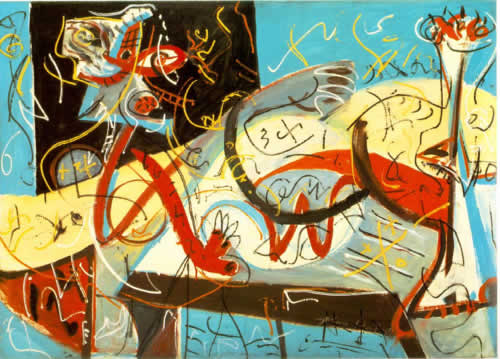





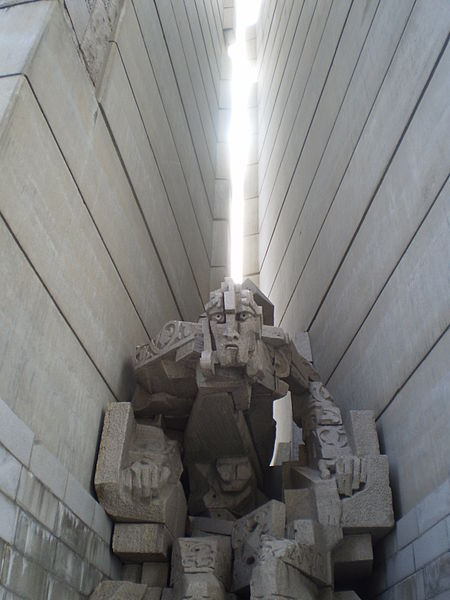
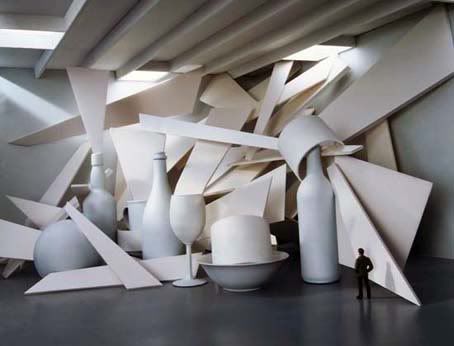
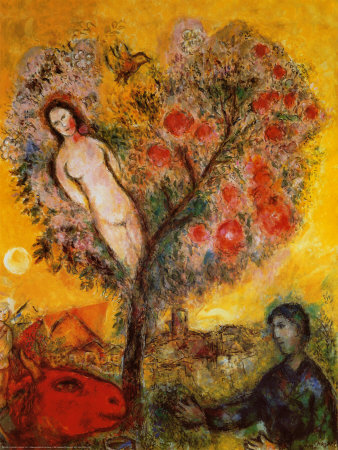






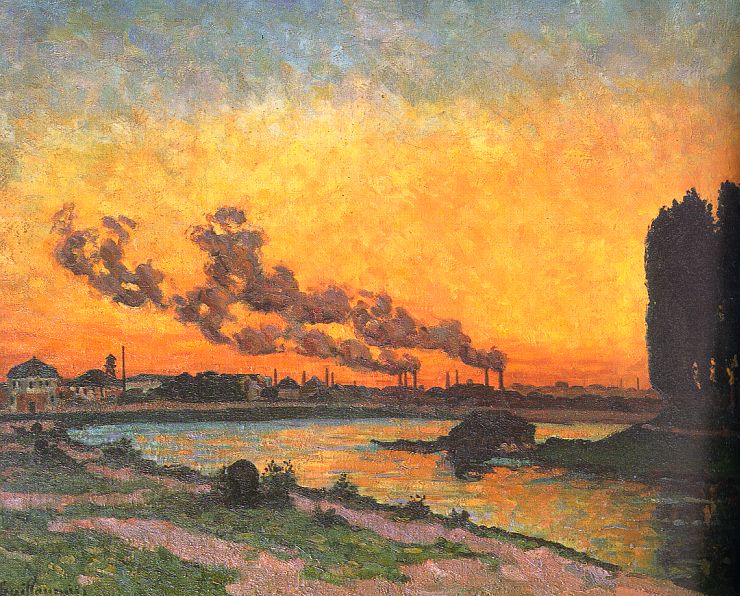
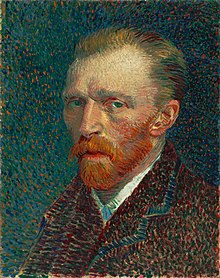

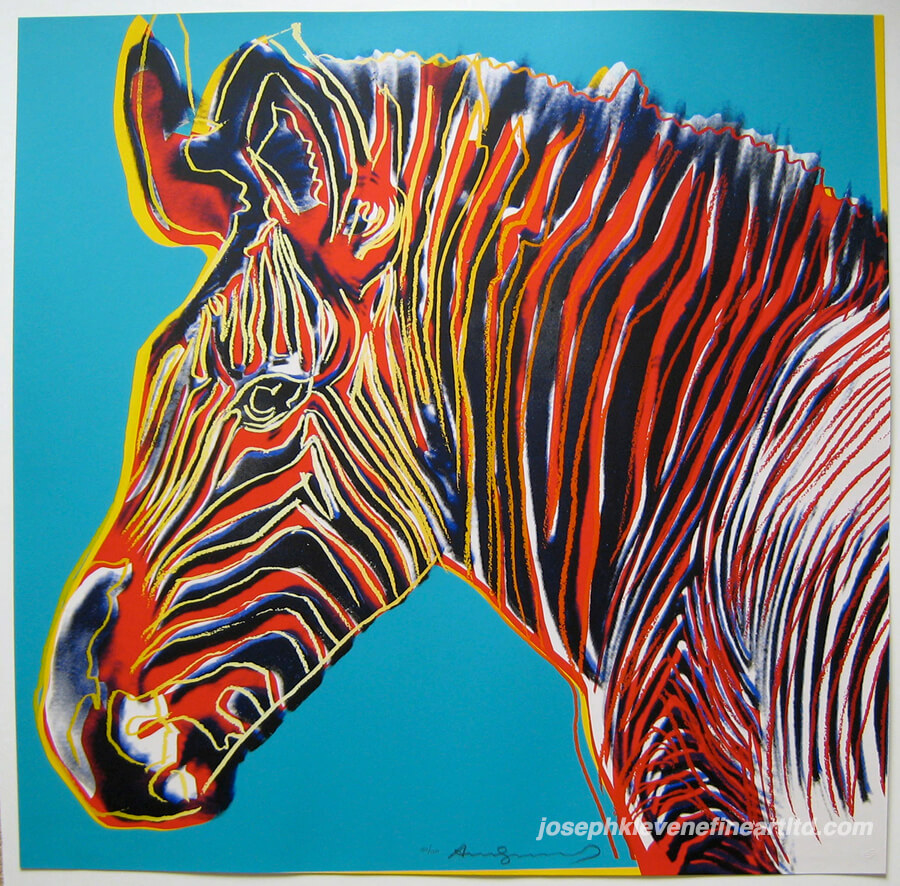







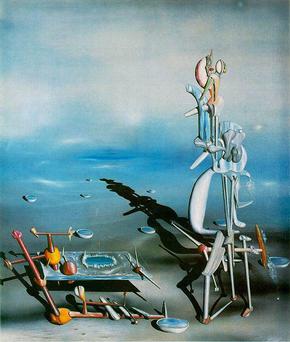



No comments:
Post a Comment